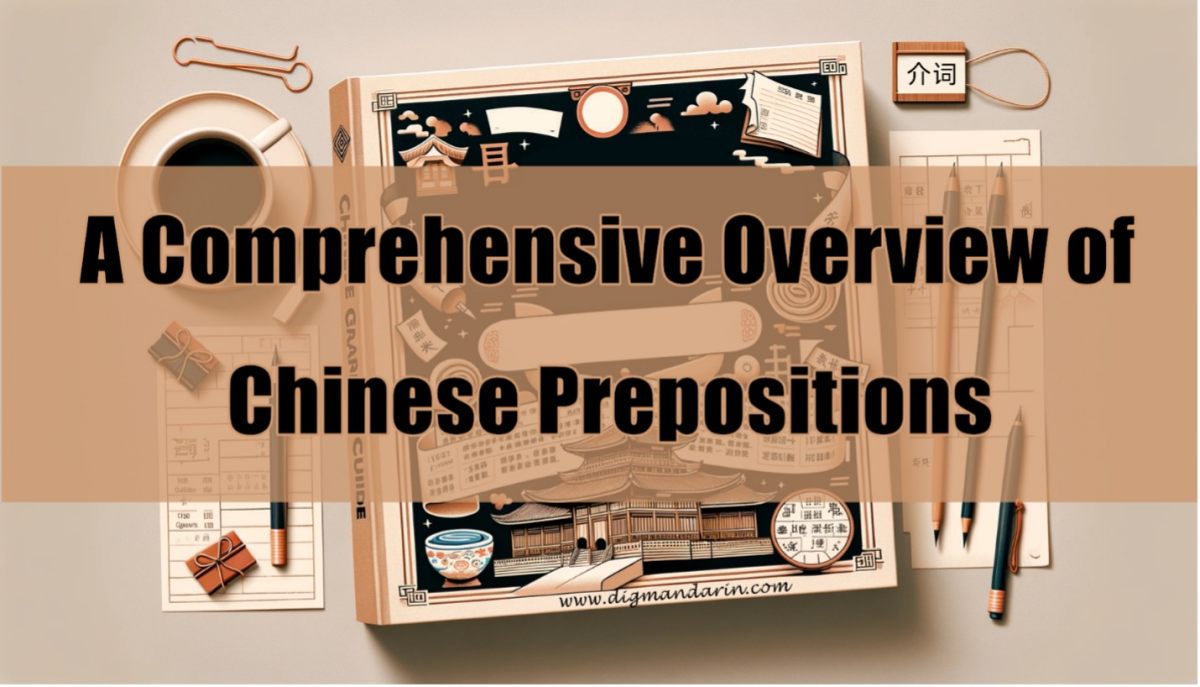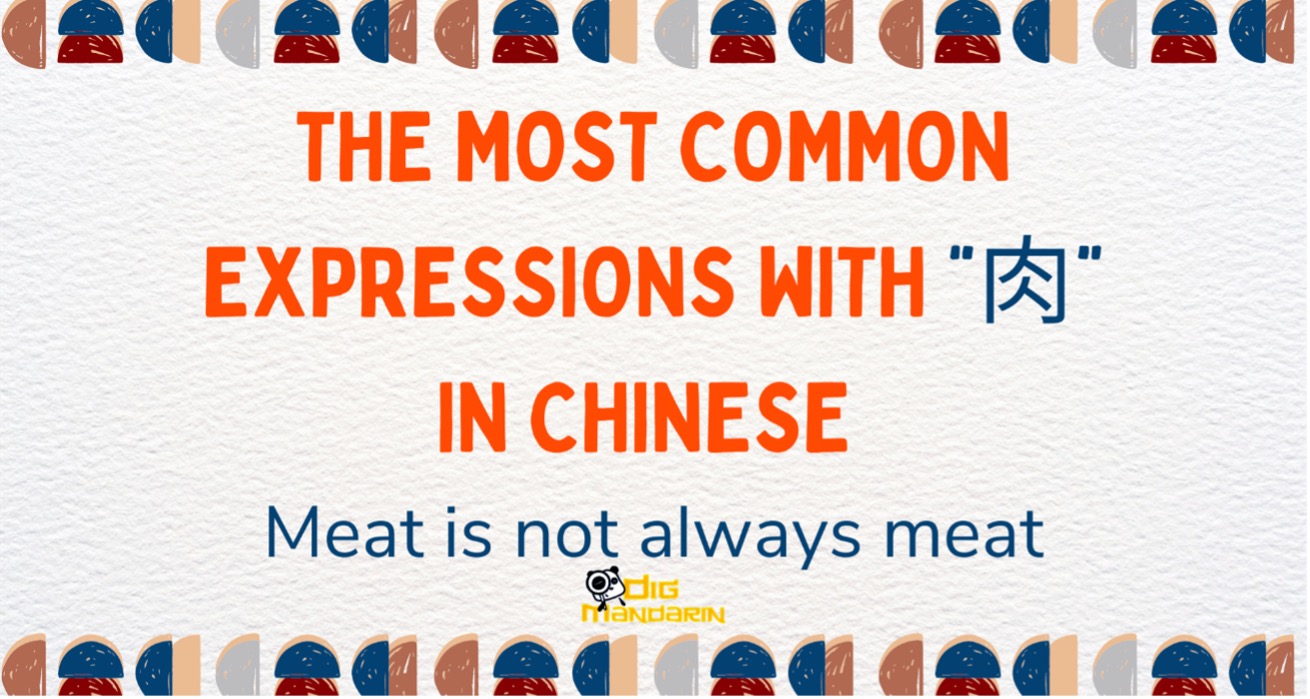Mastering the Use of “和” in Mandarin: Avoid Common Mistakes
We’ve all learned the word “和” in our first Chinese classes. However, research shows that Mandarin students at the beginner level tend to make mistakes with this word more than those at intermediate and advanced levels. To prevent these mistakes from recurring, let’s review how to use “和”.
Here are some examples:
(1). 我喜欢吃苹果、香蕉、菠萝。(Wǒ xǐhuɑn chī pínɡɡuǒ、xiānɡjiāo、bōluó.)
I like to eat apples, bananas, pineapples.
(2). 火锅很好吃和我喜欢吃火锅。(Huǒɡuō hěn hǎochī hé wǒ xǐhuɑn chī huǒɡuō.)
The hot pot is delicious and I like to eat it.
(3). 他现在在学习法语和英语,和他明年想学习汉语。
(Tā xiànzài zài xuéxí fáyǔ hé yīnɡyǔ,hé tā mínɡnián xiǎnɡ xuéxí hànyǔ.)
He studies French and English now, and he wants to study Chinese next year.
Ask yourself if all of these sentences are correct. If you answered “Yes,” then read the following explanations carefully. If you answered “No,” then you have a solid understanding this conjunction.
So why are these sentences incorrect? We know that “和” is primarily used as a connector. The three examples above represent three common errors students make: 1) omission, 2) addition, and 3) misuse.
To understand the proper usage of “和”, we must first learn some specific rules.
Rule 1: Connecting nouns, nominal phrases, and pronouns with “和”
E.g.
(4). 我们家有三口人:爸爸、妈妈和我。(Wǒmen jiā yǒu sān kǒu rén:bàbɑ、māmɑ hé wǒ.)
There are three people in our family: my Dad, my Mom and I.
(5). 他和爷爷、奶奶一起去散步。(Tā hé yéye、nǎinɑi yìqǐ qù sànbù.)
He walked together with his grandpa and grandma.
(6). 姐姐和妹妹、我和哥哥各拿了一箱水果。
(Jiějie hé mèimei, wǒ hé ɡēɡe ɡè nále yìxiānɡ shuǐɡuǒ.)
My older sister and younger sister, and my older brother and I each took a box of fruit.
Analysis:
Examples (4) and (5):To connect three or more elements using “和”, put it between the last two elements, as shown in example (4), and use a comma between the other elements.
However, if the first element is a pronoun, put “和” between the first two elements, as demonstrated in example (5), and use a comma between the others.
Example (6): To indicate different sets of three or more elements, you can use “和” for one of them, and use a slight-pause mark, a comma, or other conjunctions to list the others.
Rule 2: Connecting adjectives and verbs with “和”
Rule 2.1:
“和” can be used to connect adjectives, adjective phrases, verbs, and verb phrases when they are not functioning as a predicate.
E.g.
(7). 勤奋和坚持是成功的关键因素。
(Qínfèn hé jiānchí shì chénɡɡōnɡ de ɡuānjiàn yīnsù.)
Diligence and perseverance are the key factors of success.
(8). 对于这次的机会,他充满了激动和兴奋。
(Duìyú zhècì de jīhuì, tā chōnɡmǎnle jīdònɡ hé xīnɡfèn.)
He is full of enthusiasm and excitement for this opportunity.
Rule 2.2:
In order to connect adjectives, adjective phrases, verbs and verbal phrases that are functioning as a predicate, they must share a common subject or object.
E.g.
(9). 这次研讨会讨论和通过了三项提议。
(Zhècì yántǎohuì tǎolùn hé tōnɡɡuòle sānxiànɡ tíyì.)
The seminar discussed and adopted three proposals.
(10). 峨眉山的景色非常的迷人和秀丽。
(éméishānde jǐnɡsè fēichánɡ de mírén hé xiùlì.)
Mount Emei’s scenery is very charming and beautiful.
Analysis:
Example (9): The subject and object of the verbs “讨论” and “通过” are the same.
Example (10): The subject of the adjectives “迷人” and “秀丽” is the same.
Can you now identify what was incorrect inthe three examples we examined earlier?
Here are the corrected versions:
(1). 我喜欢吃苹果、香蕉、菠萝。->我喜欢吃苹果、香蕉和菠萝。
(Wǒ xǐhuɑn chī pínɡɡuǒ、xiānɡjiāo hé bōluó.)
I like to eat apples, bananas and pineapples.
(2). 火锅很好吃和我喜欢吃火锅。->火锅很好吃,我喜欢吃火锅。
(Huǒɡuō hěn hǎochī, wǒ xǐhuɑn chī huǒɡuō.)
The hot pot is delicious and I like to eat it.
(3). 他现在在学习法语和英语,和他明年想学习汉语。->他现在在学习法语和英语,而且他明年想学习汉语。
(Tā xiànzài zài xuéxí fáyǔ hé yīnɡyǔ, érqiě tā mínɡnián xiǎnɡ xuéxí hànyǔ.)
He is studying French and English now, and he wants to study Chinese next year.
Analysis:
The comma in Example 1 violates Rule 1, so we need to replace it with “和” (hé).
Example 2 contains two clauses that don’t follow the connecting rules for nouns, pronouns, adjectives and verbs, so we should omit “和” (hé).
Example 3 indicates a progressive relationship, not a connective one, so we replaced “和” (hé) with “而且” (érqiě).
Conclusion
Mastering the use of the conjunction “和” is an essential step in achieving fluency in the Chinese language. By following the rules we have outlined in this guide, you will be able to use “和” correctly in various contexts.
Remember to pay attention to the parts of speech you are connecting and the relationship between them. With practice and persistence, you will become more confident in using “和” in your everyday communication, and it will become second nature to you.
(Also, you can watch a video summary of “和” and other HSK-related grammar tutorials here.)





This Post Has 0 Comments